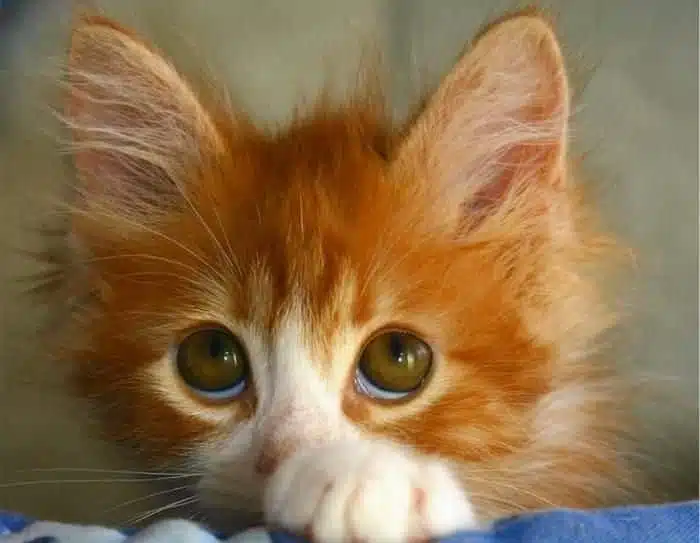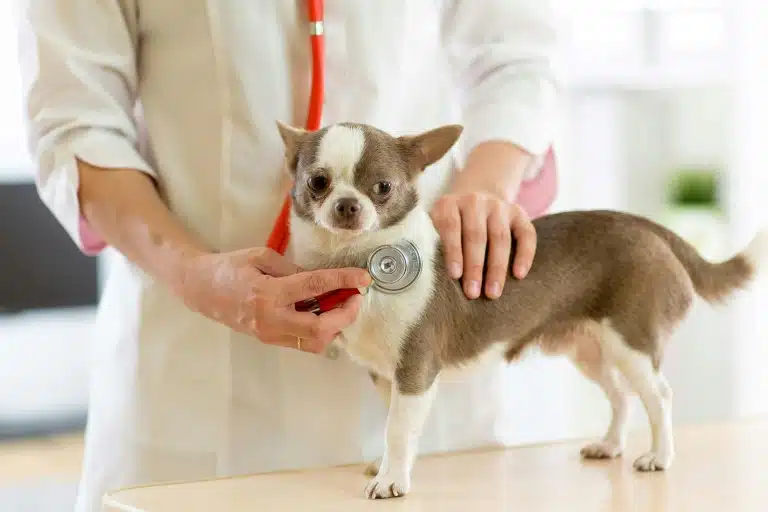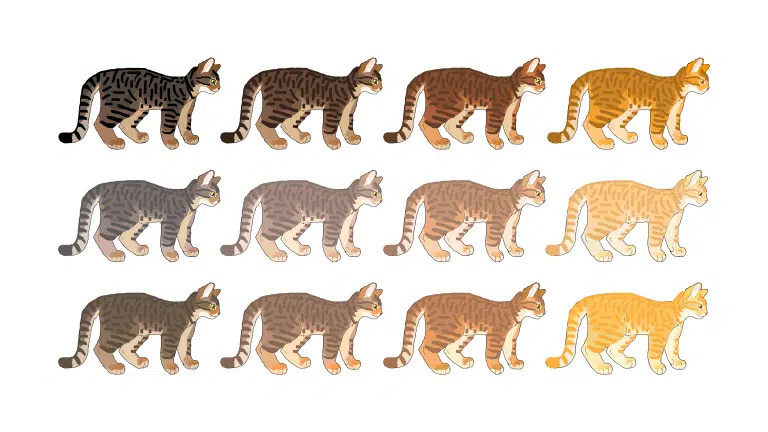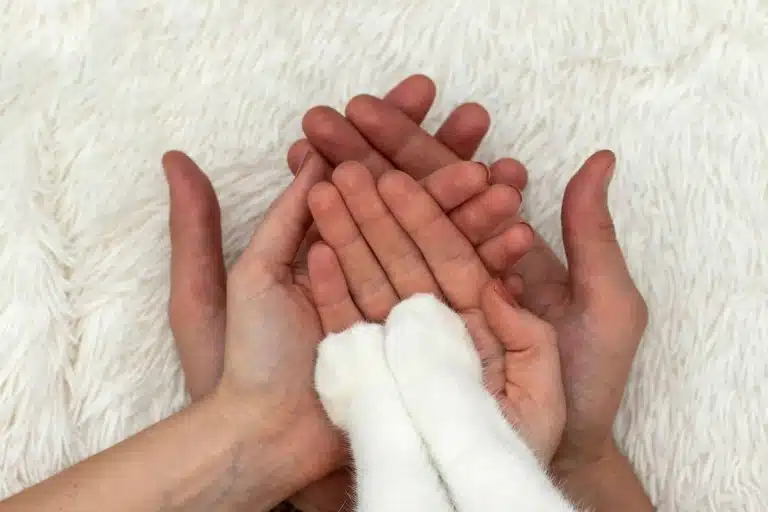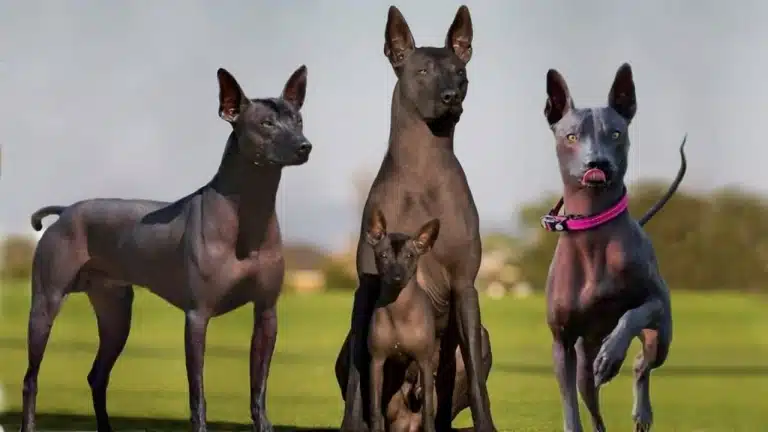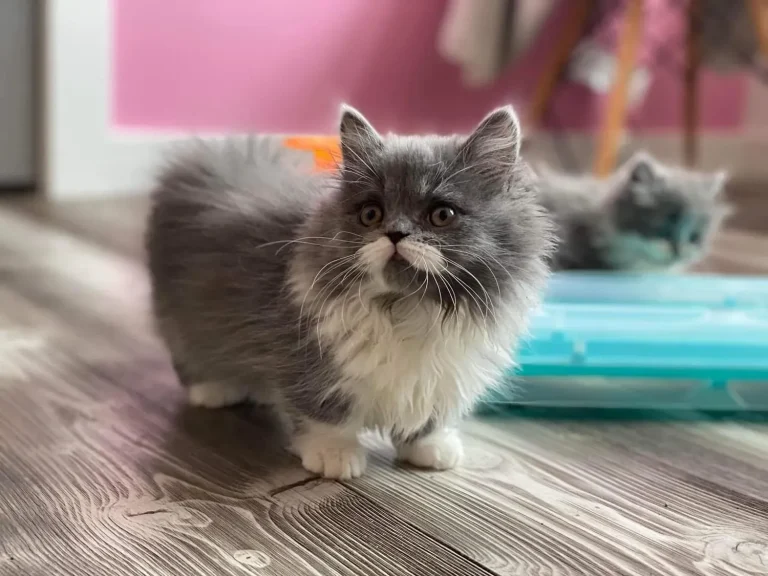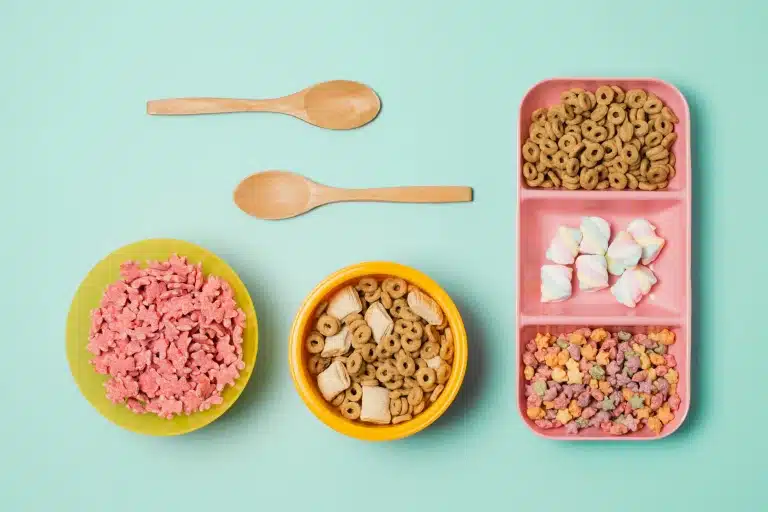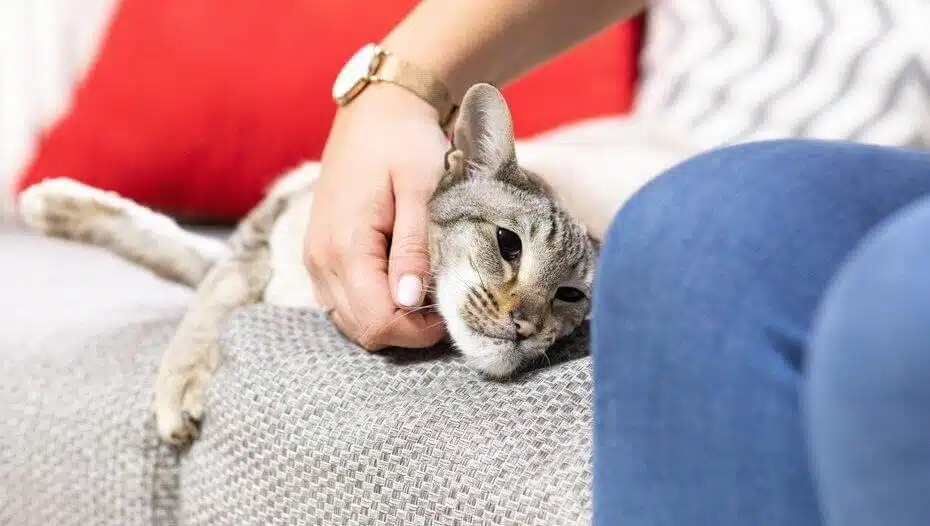
Purring is a mysterious melody that every cat owner knows by ear. It is a gentle, soothing sound that cats make when they are in harmony with the world, or trying to create that harmony. Anyone who has at least once heard the purring of their pet knows what warmth and coziness it brings to the home. This is a silent conversation between a cat and its owner, full of tenderness and mutual understanding.
Why does purring give us so many warm feelings? For humans, purring is probably a subconscious reminder of the simple joys of life, of moments when you can stop and enjoy the warmth of home comfort, a subconscious desire for harmony, which cats so generously give to their owners.
Why do cats purr?
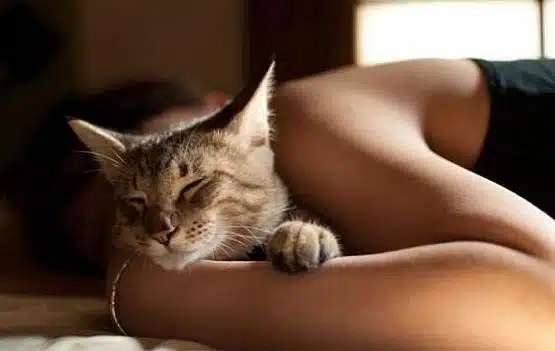
Purring in cats can have many reasons, each of which carries a special meaning. One of the main reasons for purring is pleasure. When a cat purrs while in the arms of its owner or comfortably settled in a favorite place, it is a sign of complete satisfaction and peace. Such a moment for a cat is a symbol of protection and love.
However, purring can also appear in other situations. For example, cats often purr when they are hungry, while waiting for food, or while feeding. This is a peculiar way of communicating with a person, an expression of a request or expectation of satisfaction of basic needs. Purring can also occur when a cat needs attention. At such moments, it becomes a kind of “call” to the owner, which signals a desire to receive caresses or play.
From the psychological point of view, purring performs an important function for the cat itself. It helps cats maintain contact with humans, strengthen communication and trust. Often acts as a way of self-soothing, reducing stress and anxiety. It is a kind of language that creates a special connection between a cat and a person, making their communication deeper and more emotional.
Murmuring from the point of view of science

The purring of cats is one of the most mysterious and endearing aspects of their behavior. For many people, it’s just a cute sound associated with comfort and peace, but from a scientific point of view, purring is a complex physiological process that involves several systems of the cat’s body.
Purring begins in the cat’s brain, specifically in the area responsible for emotions and muscle control. Impulses are believed to originate from neurons in the central part of the brain. These impulses are sent to the muscles of the larynx (vocal cords), causing them to contract rapidly at a frequency of approximately 25-150 oscillations per second (Hz). This leads to the fact that when inhaling and exhaling air, the larynx vibrates, and thus the sound of purring is produced.
Cats can purr both inhaling and exhaling, making this sound continuous. The laryngeal muscles involved in the process are controlled by special nerve signals from the brain, which give these muscles the ability to make such rapid and rhythmic contractions. Some researchers believe that purring can have a therapeutic effect on the cat itself, helping to reduce stress levels and promote tissue regeneration.
Scientific studies confirm that purring has a positive effect on both cats and their owners. Can act as a calming mechanism for cats, reducing stress levels and helping them adapt to new or adverse conditions. Interestingly, cats purr not only when they are happy, but also in stressful situations, during illness or even before death. This suggests that purring helps cats maintain body balance.
For humans, purring cats can also have a positive effect. Research shows that the sound of purring can lower blood pressure, reduce stress levels and promote relaxation. It has also been found that the frequency of purring (from 25 to 150 Hz) can promote the healing of bones and soft tissues, making it not only a pleasant, but also a sound that is beneficial for health.
Body language of cats: How to understand the signals of a pet
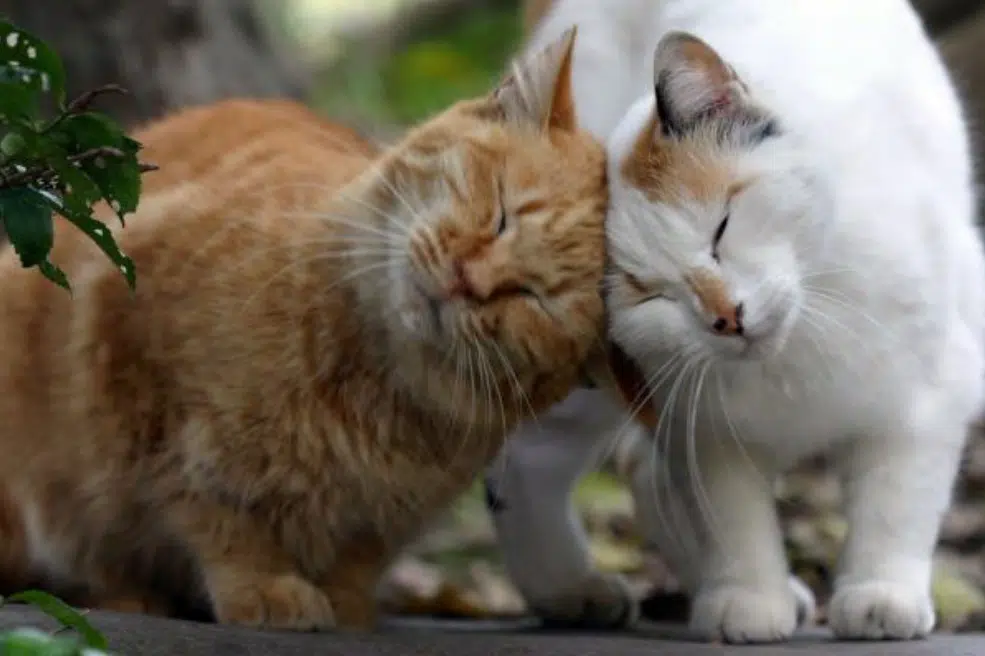
Cats are masters of non-verbal communication, and purring is just one of the ways they communicate their emotions and needs. In addition to sound signals, cats actively use body language to communicate with their owners and other animals. Understanding this language can greatly improve your relationship with your pet.
Purring, combined with other body signals, can indicate a wide range of emotions. For example, when a cat purrs and lies relaxed, this usually indicates its contentment and peace. When a cat purrs during contact with a person, it can be a manifestation of its desire to communicate, an expression of trust and sympathy.
However, purring can also signal anxiety. If the cat is purring, but its body is tense, its ears are pressed against its head, and its tail is moving nervously, this may indicate an internal conflict or anxiety. In such cases, purring plays the role of self-soothing.
Why cats rub the blanket with their paws when purring
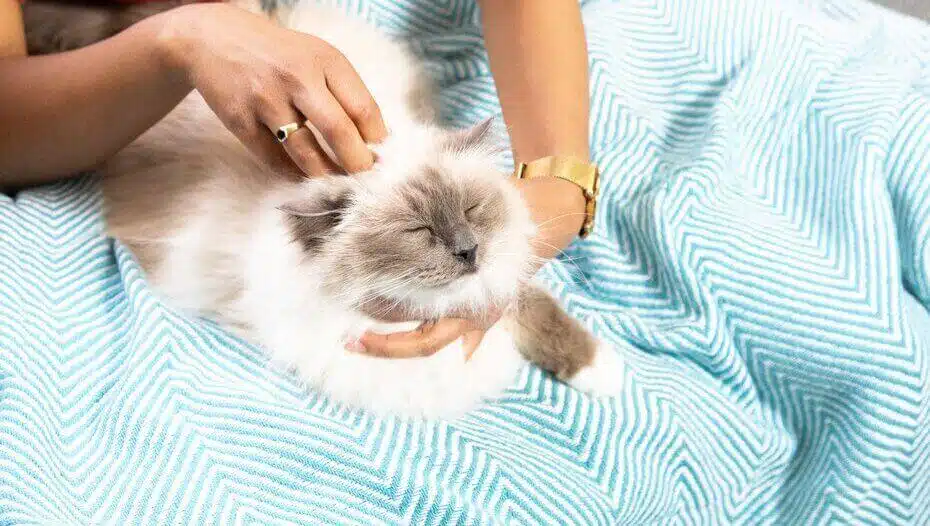
The habit of pawing a blanket or other soft surfaces while purring originates from the cat’s early childhood. Kittens rub their mother’s nipples with their paws to stimulate milk flow during feeding. This behavior is fixed on a subconscious level as an association with comfort and safety. Adult cats continue to rub their paws when they feel similar emotions – peace, pleasure or nostalgia for childhood. This is a kind of ritual that helps cats feel protected and relaxed.
Why does a cat purr when petted and suddenly become angry
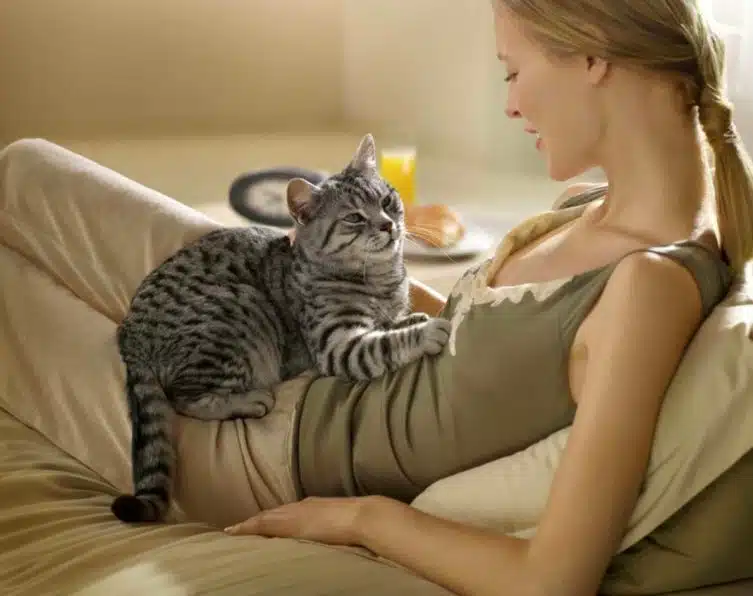
This behavior, although it seems strange, is quite typical for many cats. A cat may purr while being petted, expressing its satisfaction and trust in its owner. However, a sudden change in mood and an aggressive reaction may indicate that the cat has reached its threshold of patience. Cats can be very sensitive to prolonged physical contact, and what they initially liked can suddenly become unpleasant.
Another possible reason for this behavior is that the cat may feel overstimulated. Her nervous system may become overexcited, causing her to want to stop contact suddenly. It is important to recognize body signals that precede such a reaction: a change in the position of the ears, tail, or even the dilation of the pupils can indicate that the limit of patience is approaching. Therefore, it is important to be attentive to these signals and respect the needs of the cat in personal space.
Cats that don’t purr
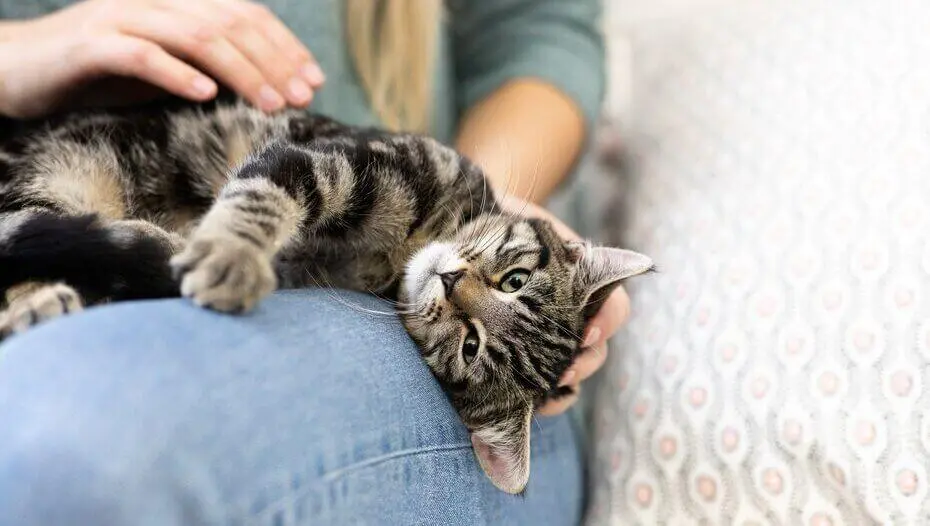
Although purring is a characteristic of most cats, not all purrs are equally frequent, and some cats may not purr at all. It can be an individual characteristic of the animal, related to its character or genetic characteristics. There are several possible reasons why a cat may not purr:
Character and temperament. Some cats are naturally less inclined to purr due to their temperament. They may be more independent or reserved, and purring is simply not their usual response to pleasure or comfort.
Physiological reasons. It is possible that some cats have differences in the structure of the larynx or the nervous system, which makes the process of purring less pronounced or impossible.
Psychological factors. Cats that have been through a traumatic experience or are in a state of prolonged stress may reduce their purring frequency or stop purring altogether. Purring may be reduced in cats that do not feel safe or are not sufficiently accustomed to their environment.
Is this a problem? In most cases, the absence of purring is not a serious problem and does not indicate poor health of the cat. However, if your cat used to purr actively and then suddenly stopped purring, this could be a sign of a change in his health or mood. In this case, you should contact a veterinarian for an examination and rule out possible problems.
How to work with cats that do not purr? If your cat doesn’t purr, don’t force it. It is important to create comfortable conditions where he will feel safe and receive enough attention and love. Instead of purring, pay attention to other signals your pet uses to communicate their emotions and needs, such as body language, behavior and other sound cues. Every cat is unique, and not purring doesn’t make them any less special or lovable.
Conclusions
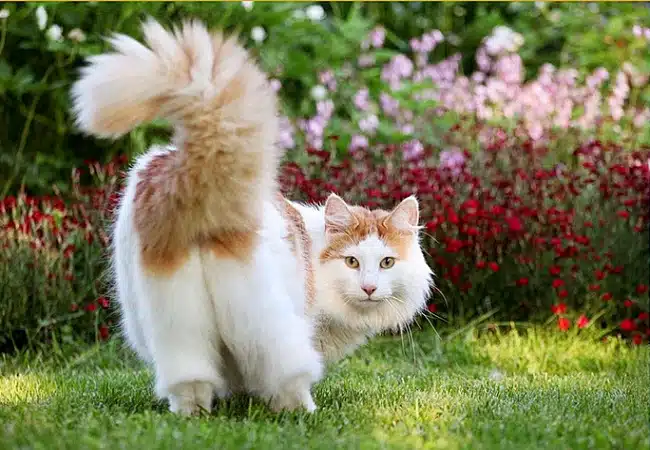
Each kitty will purr, bringing you only joy and positive emotions, if it is well cared for. It is important to provide your pet with comfortable conditions, regular care and attention. And the best place where groomers will take perfect care of your cat, perform all the necessary grooming procedures and perform a haircut for a cat or cat, if necessary, is the grooming salons for cats of the V.O.G DOG SALON network. We are always happy to welcome our regular customers and invite new ones to visit us to see for themselves the quality of our services. Your pet deserves the best!

